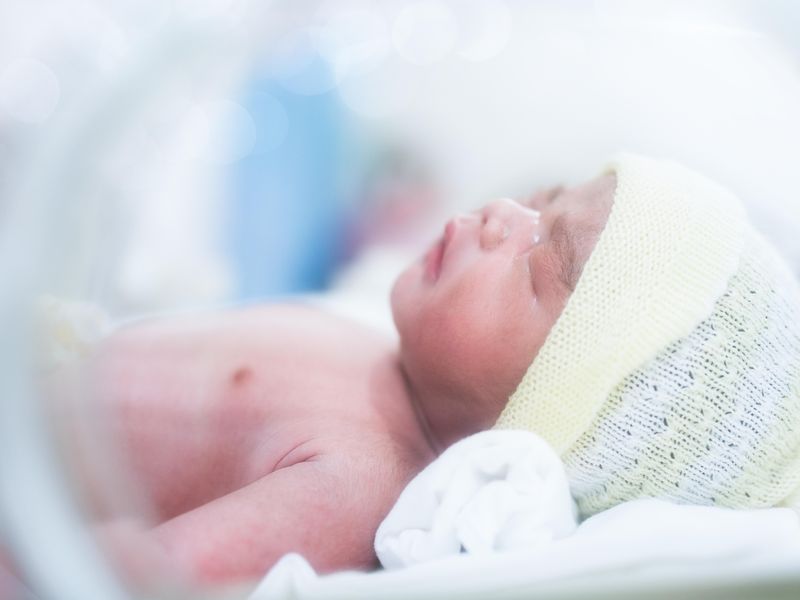Possible causes of neonatal hyperbilirubinemia include ABO incompatibility, neonatal septicemia, G-6-PD insufficiency, thyroid dysfunction, and hereditary spherocytosis. Some cases of hyperbilirubinemia, which can result in severe jaundice, have a far more convoluted origin than others. Here, researchers provide a case of severe jaundice with 3 potential origins, highlighting the need to trace the root of neonatal hyperbilirubinemia. A male newborn, delivered vaginally at term, was brought to a facility 96 hours after birth because of his yellowish skin tone. By the time he was admitted to the newborn intensive care unit 4 days after birth, he had acquired jaundice, and his transcutaneous bilirubin level was 28 mg/dl. A total of 540.2 μmol/L of bilirubin was measured, with 516.7 μmol/L of indirect bilirubin. It was determined that the baby and both parents had blood types of O Rh(D +), and a direct coomb’s test was negative. However, a test for indirect coomb’s disease in the mother was positive. The minor blood group investigation revealed that the father had Rh blood type CCDee, the mother had Rh blood type ccDEE, and the infant had Rh blood type CcDEe. The total bilirubin level was maintained at 303 μmol/L despite the administration of phototherapy and double-volume exchange transfusion. After 10 days, the bilirubin level had reached 303.5 μmol/L, rigorous phototherapy was still being administered, and intravenous immunoglobulin was being given once again. On day 10, the TSH (thyroid stimulating hormone) level was 13.334mIU/L. Thyroid stimulating hormone (TSH) was measured at 33 mIU/L during screening for congenital hypothyroidism. Ultrasound and MRI were performed due to the abdominal mass that could be felt, and the results showed a massive tumor in the right adrenal gland. Auditory evoked potential testing of the brainstem was performed on day 7 and showed evidence of hearing loss (65db for the left ear and 70db for the right). The subsequent treatment included euthyrox and intermittent phototherapy. On day 12, jaundice finally started to go. It is recommended that all neonates with hyperbilirubinemia get a Coomb test, as they may have minor blood type incompatibilities even if their parents’ ABO blood group and Rh (d) are consistent. Rapid bilirubin increases or insufficient clinical response necessitate a thorough investigation into other possible reasons. All babies with palpable abdominal mass, anemia, and jaundice should undergo an adrenal ultrasound to rule out adrenal bleeding.
Source: bmcpediatr.biomedcentral.com/articles/10.1186/s12887-022-03594-7


